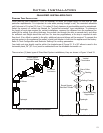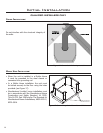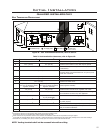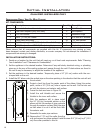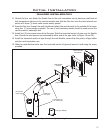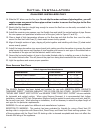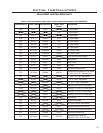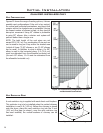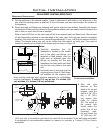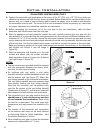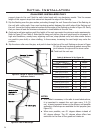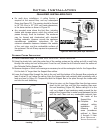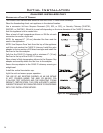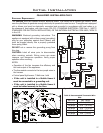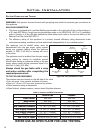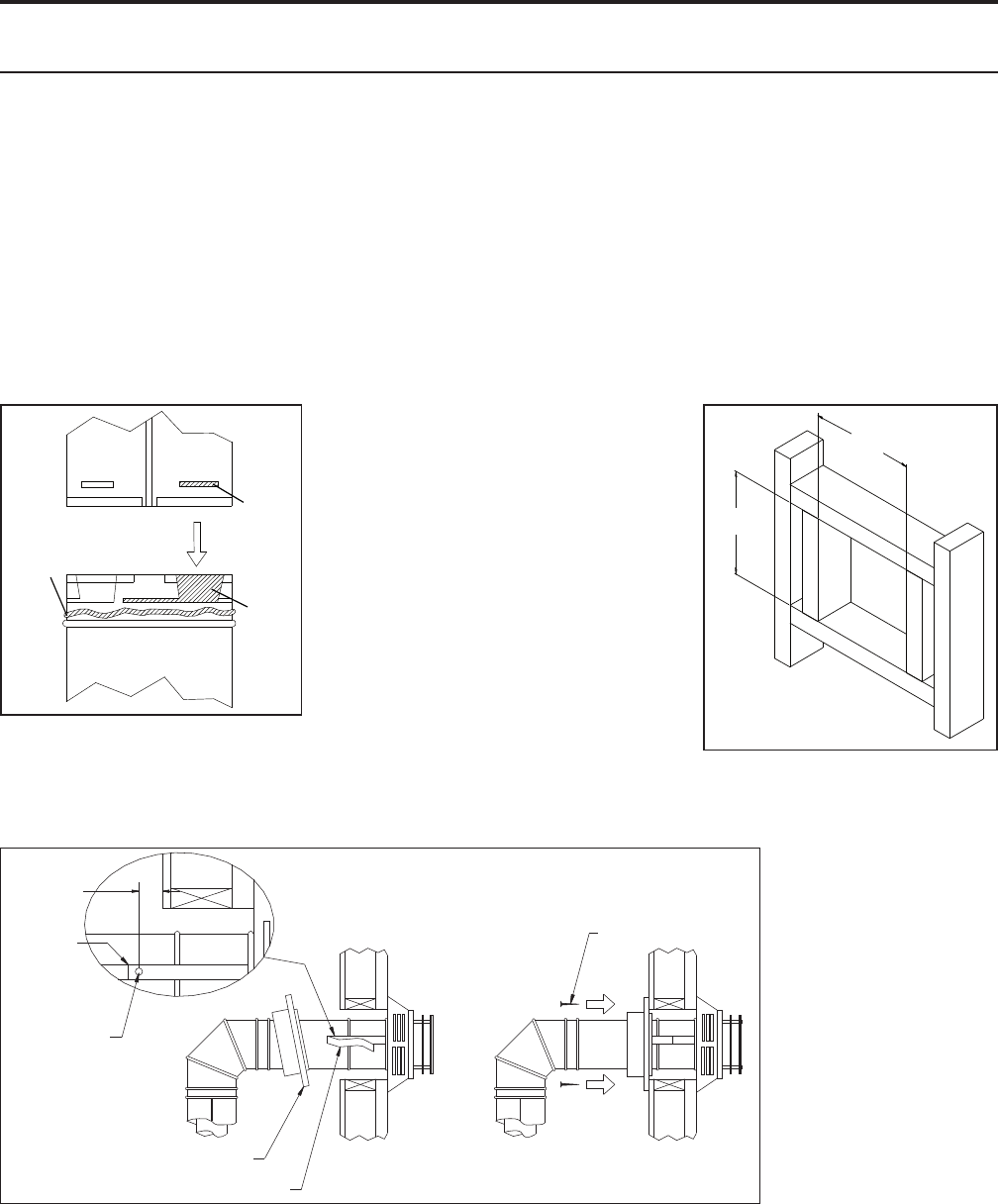
21
HORIZONTAL INSTALLATION:
1. Set the appliance in the desired location. Check to determine if wall studs or roof rafters are in the
way when the venting system is attached. If this is the case, you may want to adjust the location of
the appliance.
2. Direct vent pipe and ttings are designed with special twist-lock connections. Assemble the desired
combination of black pipe and elbows to the appliance adapter with pipe seams oriented towards the
wall or oor, as much out of view as possible.
Place a bead of Mil-Pac on the outer edge of the inner exhaust pipe (non-ared end). Place a bead
of high temperature silicone on the male edge of the outer pipe. Push the pipe sections completely
together, then twist-lock one section clockwise approximately turn, until the two sections are fully
locked. The female locking lugs will not be visible from the outside, on black pipe. They may be
located by examining the inside of the female ends as shown in Figure 23.
Sealant
Female
Locking
Lugs
Male
Locking
Lugs
Figure 24: Twist-Lock Connection
Woodscrews
WallThimble
Strap
Sheet metal
screws
Fold strap
here
1
1
/4"
(3.2cm)
Figure 26: Installing Decorative Wall Thimble.
Figure 25: Wall Framing Hole
for Horizontal Installation.
Initial Installation
QUALIFIED INSTALLERS ONLY
3. With the pipe
attached to the
stove in the correct
location, mark the
wall for a 10” (25.4
cm) x 10” (25.4
cm) square hole
(refer to Figure
25). The center of
the square hole
should match the
center line of the
horizontal pipe.
Cut and frame the
10” (25.4 cm) x 10”
Notes:
• Twist-lock procedure: four (4)
indentations, located on the female
end of the pipes and ttings, are
designed to slide straight onto the
male ends of adjacent pipes and
ttings, by orienting the four pipe
indentations so they match and slide
into the four entry slots on the male
end.
• Horizontal runs of vent pipe must be
supported every three ft. Wall straps
are available for this purpose, also
when running horizontal pipe minimum clearances to combustibles
must be maintained; 2 inches (5.1 cm) at top, 1 inches (3.8
cm) at sides, 1 inches (3.8 cm) at bottom.
(25.4 cm) hole in the exterior wall where the vent will be terminated. If the wall being penetrated
is constructed of non-combustible material i.e. masonry or concrete, a 7 inches (17.8 cm) hole is
acceptable.



